When considering installing solar on your property, a common question arises: which solar panel angle will maximise energy production? Panel orientation is somewhat constrained by the orientation of your building’s roof. Within these constraints, there will often be a range of options. As an investor in commercial solar energy, this guide will ensure your supplier is designing your system optimally.
Tilt vs Azimuth
When considering solar panel tilt, it is important to understand the two relevant axis of orientation.
Tilt – this is the angle the panel makes with respect to the horizontal ground.
Orientation (Azimuth) – This is the angle the panels are facing with respect to due North.
Both these solar panel angles will impact your solar production and should be considered.
1. Geographic Location
The first thing to consider is where you are physically located in the world. Each latitude has its own optimum solar panel angle. The table below shows the Clean Energy Council PV panel production in each of the capital Australian cities.
As depicted in the table (Melbourne in this example) your solar panels will produce the most power at around 30° tilt and 0° orientation. This is true for the majority of locations in Australia, except Darwin.
While optimum tilt changes with location, the best orientation for solar panels is always 0°. Having the bulk of your building’s roof facing North is a clear advantage.
MELBOURNE PANEL EFFICIENCY
[table id=1 /]
2. Business electricity usage profile
Now that we know the optimum positioning for your panels, how does this translate to your specific energy requirements?
The goal with solar energy is to exactly match the way your business uses power, with the electricity generation of your solar panels. Consider the following scenario:
Your building’s roof faces east/west. You know the optimum production angle would be to tilt your panels at 30° facing North. However, when you consider the way your business operates – your shift begins at 6 am, with knock-off around 3 pm each day. Furthermore, the bulk of your electricity usage comes from turning machines on: first at 6 am and second after lunch at 11 am.
In this scenario, you would be better off laying your solar panels on the Eastern part of your roof, to capture the most of the morning sunlight.
Your commercial solar installer should be collecting your “meter data,” which shows exactly how you have used your electricity over the past 12 months.
3. Solar Cost/Benefit Ratio
Many technologies involve a compromise. Commercial solar power is no exception. Oftentimes, the cost involved with achieving absolute maximum performance does not warrant a modest benefit.
Consider the same scenario as before, except power, is used consistently throughout the day. When designing your installation, let’s say your optimum solar panel angle is 30° North.
This may not be a worthwhile investment, and your solar installer may advise laying your panels flat on the east and west.
Let’s break down the numbers to work out why:
In Melbourne, placing the solar panels flat on a sloped roof (say 10°) in an east/west orientation (90° & 270°) yields an average loss in efficiency of 14%.
Let’s say the optimum North-facing solar system saves $25,000 per year in electricity and requires 300 panels. Lying the panels East/West will generate a loss of $3,500 per year in reduced production.
The costs of adding tilt onto the panels to orientate them North is $15,000. To save $3,500 per year will require an additional investment of $15,000. The ROI is 4.3 years, which may well be longer than the system without the tilt.
Additionally, tilting the panels North greatly increases the roof space required. Often roof space is the limiting factor to the size of the system, so tilt would not be an appropriate option.
Conclusion
A certain amount of design and consideration is involved with installing a roof-mounted commercial solar system. By following the above guide, you will be equipped to challenge any proposed design. If you would like more information or have a unique roof topology; contact KUGA Electrical for specific advice.
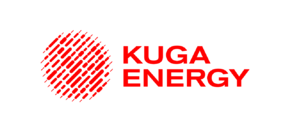
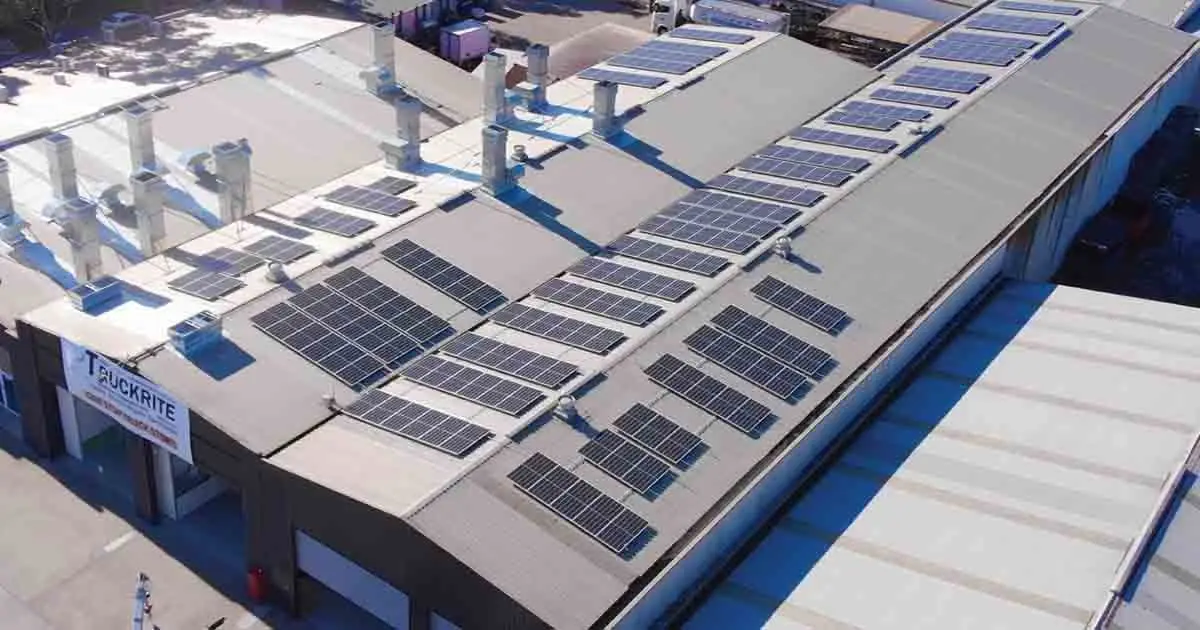
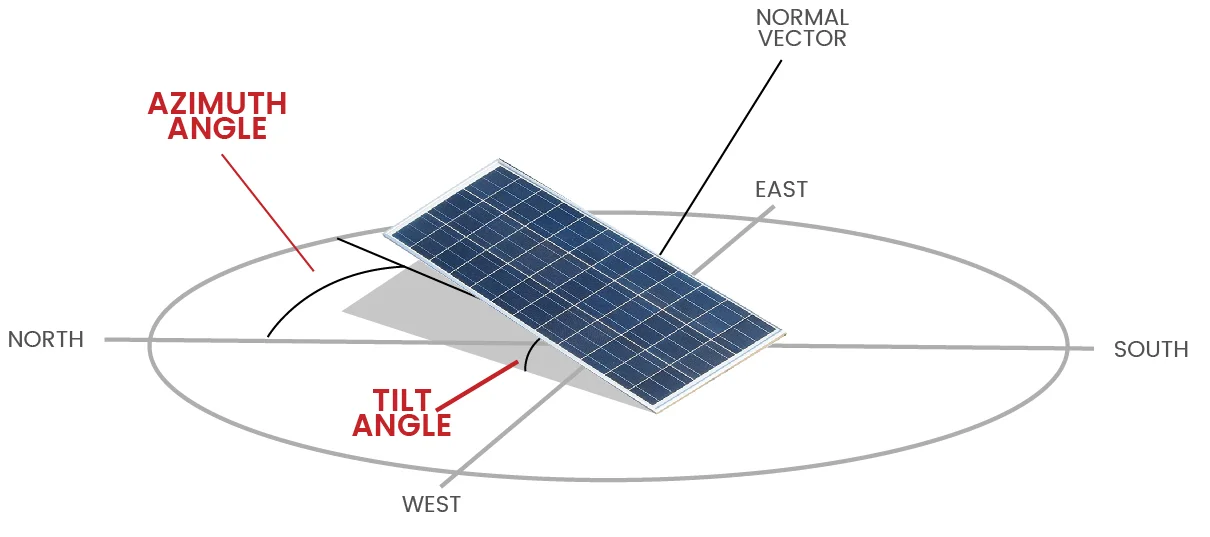

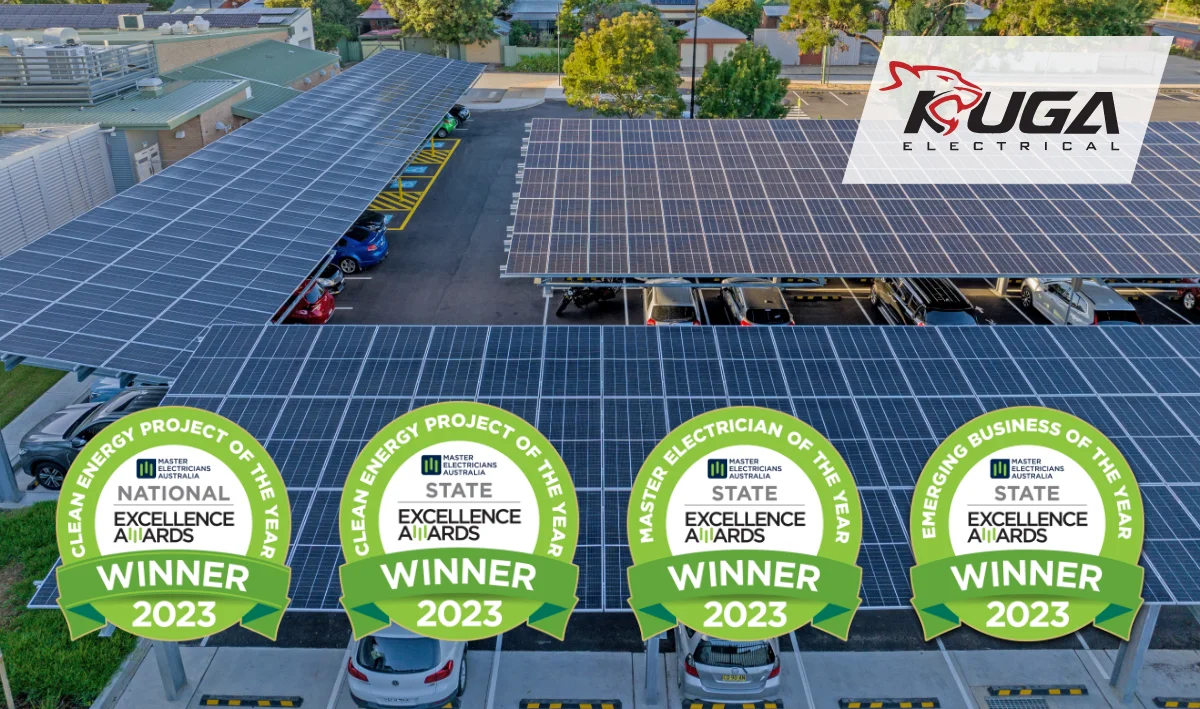






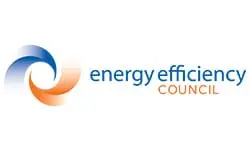
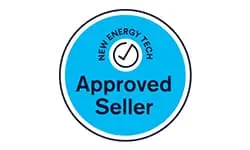
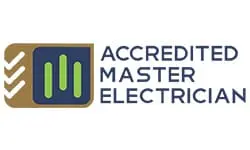
 Get Quote
Get Quote Call Now
Call Now